
Top 25+ Tableau Interview Questions Ask by Interviewer A Tableau interview is a crucial step in securing a job in data visualization. To prepare, it's essential to have a solid understanding of the toolset and functionalities of Tableau, a widely used tool across industries. To enhance your chancesRead more
Top 25+ Tableau Interview Questions Ask by Interviewer

A Tableau interview is a crucial step in securing a job in data visualization. To prepare, it’s essential to have a solid understanding of the toolset and functionalities of Tableau, a widely used tool across industries. To enhance your chances of success, we’ve compiled a list of over 25 top Tableau interview questions to test your knowledge and readiness for the job. These questions, whether for beginners or experienced users, will ensure you’re well-prepared for the Tableau interview.
Let’s read.
Q1. What is Tableau and how does it differ from traditional business intelligence tools?
- Tableau is a powerful data visualization tool that allows users to create interactive and shareable dashboards and reports. Unlike traditional business intelligence tools that often require extensive coding and IT support, Tableau’s user-friendly interface empowers users to analyze data and gain insights without technical expertise.
Q2. Explain the different Tableau products and their respective functionalities.
- Tableau offers several products including Tableau Desktop, Tableau Server, Tableau Online, and Tableau Prep. Tableau Desktop is used for creating visualizations, Tableau Server and Tableau Online for sharing and collaborating on visualizations, and Tableau Prep for data preparation and cleaning.
Q3. What are the primary data types supported by Tableau?
- Tableau supports various data types including text, numerical, date/time, boolean, and geographical data.
Q4. How can you create a calculated field in Tableau?
- To create a calculated field in Tableau, you can right-click in the Data pane and select “Create Calculated Field.” Then, enter the formula to define the calculated field based on your requirements.
Q5. What is the difference between a discrete and a continuous field in Tableau?
- Discrete fields contain a finite number of distinct values and are typically used for categorical data, while continuous fields represent an infinite number of possible values and are used for numerical data.
Q6. Can you explain the concept of granularity in Tableau?
- Granularity in Tableau refers to the level of detail at which data is aggregated in a visualization. It determines the level of specificity or detail in the data being analyzed.
Q7. How does Tableau handle data blending and what are the requirements for it?
- Tableau allows users to blend data from multiple sources by defining relationships between the data sources. Requirements for data blending include a common field between the data sources and specifying how the fields should be related.
Q8. What are the various file types that Tableau can connect to?
- Tableau can connect to a wide range of file types including Excel, CSV, JSON, PDF, spatial files, and databases like MySQL, Oracle, and SQL Server.
Q9. How can you improve the performance of a Tableau workbook?
- The performance of a Tableau workbook can be improved by optimizing data sources, using extracts instead of live connections, simplifying calculations, and optimizing dashboard design.
Q10. Explain the process of creating a dashboard in Tableau.
- To create a dashboard in Tableau, drag sheets or objects onto the dashboard canvas and arrange them as desired. Add interactivity by creating actions or filters to enhance user experience.
Q11. What are parameters in Tableau and how are they used?
- Parameters in Tableau are dynamic values that can be used to control aspects of a visualization, such as filters, calculations, or reference lines. They allow users to interactively change the view of the data.
Q12. How does Tableau handle geographic data visualization?
- Tableau has built-in support for geographic data visualization, allowing users to plot data on maps using latitude and longitude coordinates or geographical fields such as city, country, or postal code.
Q13. What is the use of sets in Tableau?
- Sets in Tableau are custom fields that define subsets of data based on specific conditions or criteria. They can be used for analysis, filtering, or highlighting specific data points.
Q14. How can you create a dual-axis chart in Tableau?
- To create a dual-axis chart in Tableau, drag two measures onto the Rows or Columns shelf, then right-click on one of the measures and select “Dual Axis.” Adjust the formatting and synchronization of the axes as needed.
Q15. Explain the difference between groups and sets in Tableau.
- Groups in Tableau are static collections of dimension members that are defined manually by the user, while sets are dynamic and can be based on conditions or expressions.
Q16. What is the Tableau Data Engine and how does it work?
- The Tableau Data Engine is an in-memory database designed for fast data analysis and visualization. It works by loading data into memory for quick access and processing, enabling interactive data exploration.
Q17. How can you publish a Tableau workbook to Tableau Server?
- To publish a Tableau workbook to Tableau Server, save the workbook file (.twbx) and then use the “Publish Workbook” option in Tableau Desktop to upload it to Tableau Server.
Q18. What are the different ways to share visualizations in Tableau?
- Visualizations in Tableau can be shared via Tableau Server, Tableau Online, embedded in websites or blogs, exported as images or PDFs, or shared as Tableau Public visualizations.
Q19. How does Tableau ensure data security?
- Tableau provides various security features including user authentication, data encryption, role-based access control, and data governance capabilities to ensure the security of data shared on Tableau Server or Tableau Online.
Q20. Can you explain the concept of LOD (Level of Detail) expressions in Tableau?
- LOD expressions in Tableau allow users to control the level of aggregation in calculations independently of the visualization level of detail, enabling more flexible and precise analysis.
Q21. What is the process for creating calculated fields using LOD expressions?
- To create calculated fields using LOD expressions in Tableau, use functions such as {FIXED}, {INCLUDE}, or {EXCLUDE} followed by dimension or measure expressions to specify the level of detail for the calculation.
Q22. How does Tableau handle data connection and blending in a distributed environment?
- Tableau supports distributed data environments by allowing users to connect to and blend data from multiple sources, including databases, spreadsheets, cloud platforms, and big data systems.
Q23. Explain the concept of data densification in Tableau.
- Data densification in Tableau refers to the process of filling in missing data points or expanding data to a finer level of detail to create a denser visualization. It can be controlled using options like “Show Missing Values” or “Show Data at Default Position” in Tableau.
Q24. How can you schedule refreshes for extracts in Tableau Server?
- To schedule refreshes for extracts in Tableau Server, navigate to the Data Sources tab, select the data source, and click on “Refresh Schedule” to set up a recurring refresh frequency.
Q25. What are the best practices for designing effective visualizations in Tableau?
- Best practices for designing effective visualizations in Tableau include keeping visualizations simple and focused, using appropriate chart types, providing clear labels and titles, using color and formatting judiciously, and considering the audience and purpose of the visualization.
Conclusion
A Tableau interview is a crucial stage in a career in data visualization. It’s essential to be well-prepared for the interview by familiarizing yourself with the interview questions and answers, demonstrating your knowledge, problem-solving ability, and actual implementation of Tableau’s capabilities. Working with real-world scenarios and datasets strengthens your abilities, and staying up-to-date with Tableau’s latest features can provide a competitive advantage in your job hunt.
See less












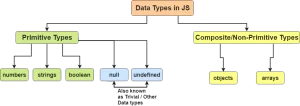


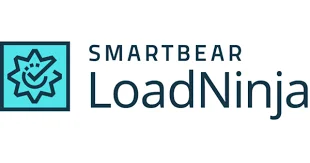











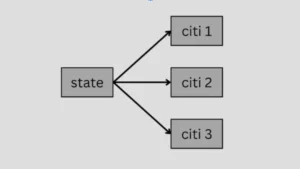
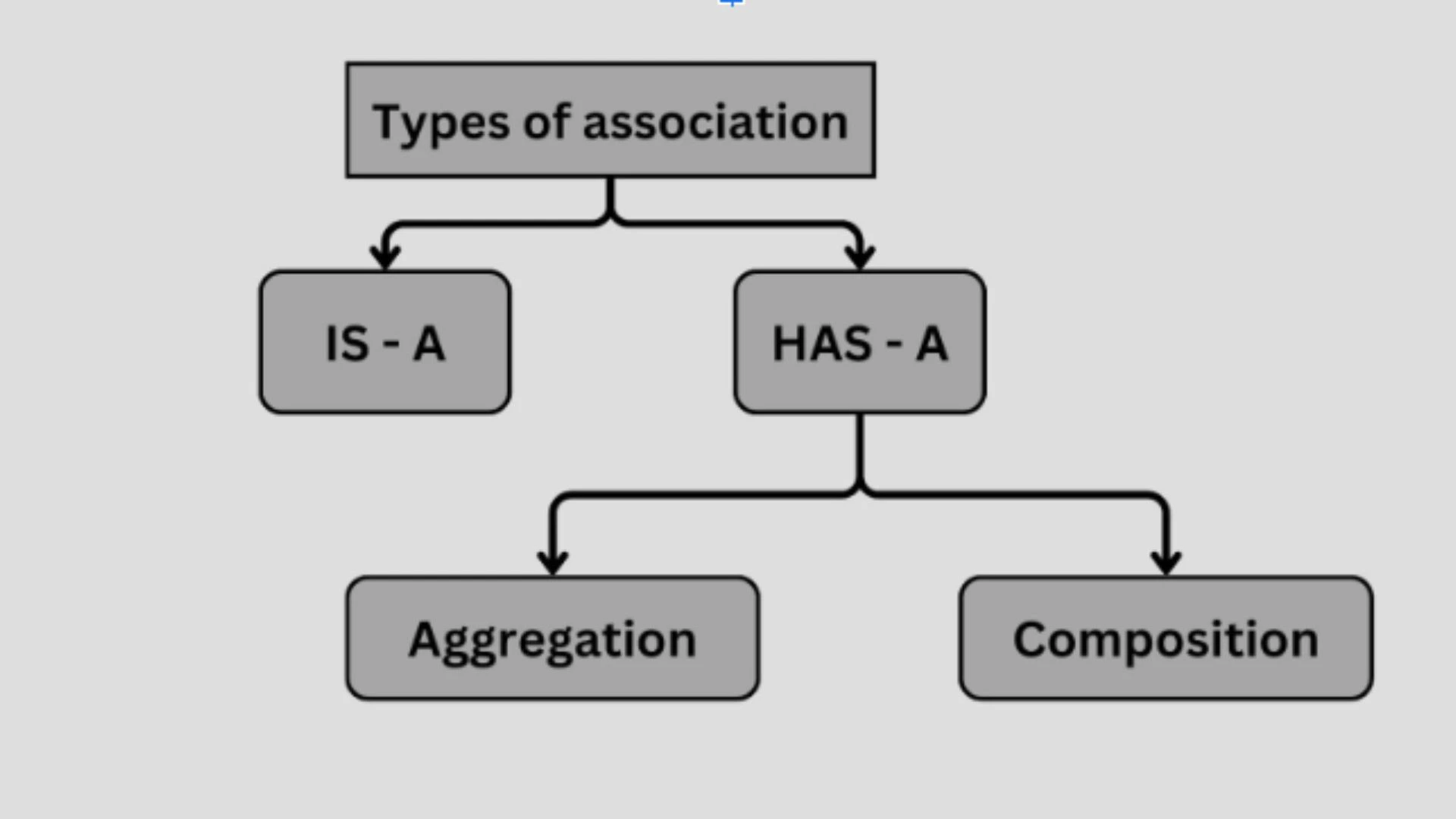
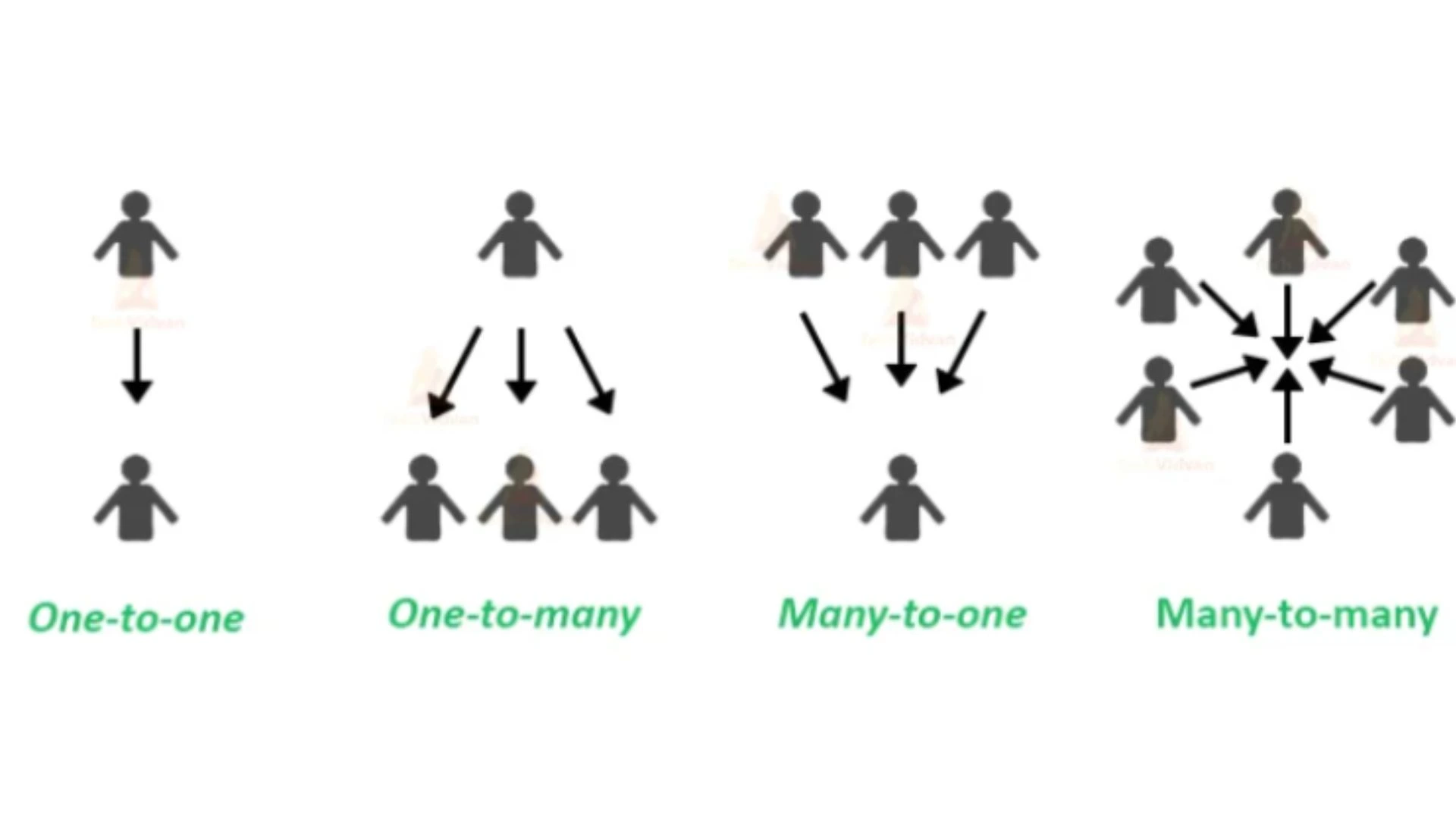





DevOps interview questions Introduction Are you heading into a DevOps interview soon? And if you are searching for DevOps interview questions and answers, then this article will help you. Whether you are a seasoned professional or just getting your feet wet, it’s important to have a good grasp of tRead more
DevOps interview questions
Introduction
Are you heading into a DevOps interview soon? And if you are searching for DevOps interview questions and answers, then this article will help you. Whether you are a seasoned professional or just getting your feet wet, it’s important to have a good grasp of the most commonly asked questions. To help you prepare, we will cover the basics of the DevOps interview process and provide some helpful tips for answering common DevOps interview questions.
How are DevOps Interviews Structured?
Before DevOps interview questions and answers, you need to understand how DevOps interviews are structured. DevOps interviews generally fall into two categories: technical questions related to specific skills (such as how to deploy a certain technology) and soft skills related to process improvement (such as how successful teams should collaborate). Interviews may include both individual questions and complex problems with multiple solutions. Each interviewer typically has their own style of questioning, so it’s important to be prepared for anything.
What Types of Questions Should you Expect?
Common DevOps interview questions asked during the hiring process include: How would you automate a deployment process? What tools do you use for CI/CD pipelines? How do you handle configuration management? What strategies do you use for scalability? How familiar are you with containerization technologies such as Docker? What is your experience working with cloud platforms such as AWS or Azure?
Are you preparing for a DevOps interview? Knowing what DevOps is and how it’s used can help you ace the interview. And you also want to know DevOps interview questions and answers, so let us start briefly.
What is DevOps?
DevOps is a combination of agile software development practices, automation of software delivery, and measurement of reliability in the software process. It’s all about having cross functional teams working together collaboratively to create high quality products quickly. It also involves a cultural transformation that has IT operations as an equal partner with developers.
Furthermore, DevOps also includes principles from Lean processes and practices. By eliminating waste throughout the entire lifecycle from conception through delivery teams are able to deliver higher quality products faster with fewer resources. This helps them stay competitive in today’s ever evolving market.
What are the benefits of DevOps?
DevOps is an integrated approach that combines software development and IT operations in order to optimise productivity, quality, and delivery. This approach enables faster and more frequent delivery of applications and services while also reducing risk and cost. Let’s look at some of the benefits of DevOps for those considering it for their own organisations.
One major advantage of DevOps is its collaborative approach. By uniting different teams, like software developers, information technology professionals, system administrators, and quality assurance specialists, organisations are able to benefit from the knowledge base each team brings to the table. This leads to improved communication, collaboration, crosspollination between teams, faster resolution of issues through synergy between teams, and ultimately better product development throughout the organisation.
Another great benefit of DevOps is its ability to automate processes that would otherwise take a great deal of time if done manually. Automation enables organisations to quickly create repeatable tasks without having to completely start from scratch every time. This not only helps with efficiency but also reduces risk since thoroughly tested processes are automatically used each time rather than requiring someone to manually go through every step in a process each time it needs to be done.
Continuous delivery and deployment is another advantage offered by DevOps; this allows software development teams to rapidly release updates or new features as soon as they are ready instead of waiting for traditional releases that include several features that have been tested together, thus delaying their availability until all their components are completed.
What are the Challenges Associated with DevOps?
One of the most popular topics among IT professionals during a DevOps interview is “What are the challenges associated with DevOps?” This is an important question to ask in your DevOps interview questions and answers. DevOps has become an increasingly critical aspect of modern IT operations. Understanding the challenges associated with DevOps can help you make sure you have the necessary processes and tools in place.
The first challenge associated with DevOps is automation complexity. Automation tools and processes are often complex and require specialised knowledge to properly configure them for optimal results. If your automation setup is not configured correctly, it can easily lead to misconfigurations or weak security practices that leave your system vulnerable to attack.
The second challenge is scalability. As data volume and velocity increase, it can be hard for your team to keep up with the demand and make sure everything remains running smoothly. You need an infrastructure that is able to scale up quickly if needed while still providing adequate security measures to protect against potential breaches.
Finally, there is also a challenge when it comes to provisioning physical/virtual infrastructure. This can include setting up servers, storage devices, network components, and other pieces of technology that must be configured correctly in order for everything to work together in a secure fashion. Having automated script toolkits can help streamline this process, but oftentimes it still requires manual configuration in order for everything to work properly together.
These are just a few of the challenges associated with implementing DevOps into your organisation’s IT operations, but they are important nonetheless. Understanding these challenges can help you fully prepare yourself for DevOps interview questions and answers and set yourself up for success during the hiring process.
What Tools and Technologies Are Necessary for a Successful DevOps Implementation?
DevOps is a process for developing, deploying, and managing applications, and it has become increasingly popular in recent years. To effectively implement DevOps, certain tools and technologies are necessary to ensure efficient collaboration between the development and operations teams. Below are the top seven tools and technologies that are necessary for a successful DevOps implementation:
These tools and technologies can be used for your DevOps interview questions and answers.
What Skills are important for a DevOps Engineer?
Are you looking for commonly asked DevOps interview questions and answers? Knowing the essential devops skills is an important first step in preparing for your interview. Here, we’ll discuss the key skills you need to possess if you want to be successful as a DevOps engineer.
At the heart of successful DevOps is automation, which is a core part of being able to manage and maintain projects. Automation helps speed up many processes, making them more efficient and allowing DevOps engineers to focus on tasks that require more attention.
Infrastructure as code is also a very important skill when it comes to DevOps engineering, as it ensures that all code adheres to regulations and standards. Without infrastructure as code, it becomes much more difficult for engineers to keep track of changes in their environment, which can lead to errors or even security breaches.
As DevOps engineering involves working with people from different backgrounds and specialisations, collaboration skills are vital for success. Not only can these help foster teamwork, but they also ensure that everyone knows what their job entails so that there are no missteps or misunderstandings during the development process.
Release management is another important skill for DevOps engineers; understanding how a product should be packaged and deployed in the production environment can make the difference between success and failure in any project. It also involves coordinating with other teams such as QA or operations so that everyone understands what needs to happen when a release occurs. This increases the chances of successful deployments.
Monitoring & alerting involves keeping track of systems within an infrastructure – this includes ensuring performance levels are kept at an acceptable level, as well as keeping an eye out for any security issues or other incidents that may disrupt services.
How can you prepare for all types of DevOps interview questions?
Are you preparing for DevOps interview questions? If so, then you’ve come to the right place! Here you will get all the information you need about DevOps interview questions and answers. So,DevOps interview questions can be intimidating, but they don’t need to be. By understanding the process and focusing on the right tasks, you can make sure your experience is both successful and stress free.
The first step in preparing for DevOps interview questions is to research the company thoroughly. Understand their culture, their products and services, and their goals. The more information you have about the company before your interview, the more comfortable you will be when asked questions related to it.
Having an understanding of the position you are applying for is also important. Make sure that you know what role it plays in DevOps and why it’s important to them. It never hurts to brush up on DevOps industry news and trends as well; employers love hearing that you stay updated with changes in the field!
You should also create a list of DevOps interview questions and answers beforehand so that if there are any topics that don’t come up during your conversation with your interviewer, you can ask them then. This will show that you are prepared and eager to learn more about your potential job.
Of course, anticipating common DevOps interview questions is key to a clear interview! You want to make sure you understand common DevOps roles like system administrators and software engineers so that when asked about them, Shift may feel confident talking about them in detail. Having a few answers ready for general technical questions like these can help give structure and organisation to your responses throughout the interview process.
How is DevOps different from agile methodology?
The key difference between DevOps and Agile lies in the scope of their implementation. While Agile deals with shorter projects or individual processes within larger ones focusing on collaboration through adaptive planning and iterative/incremental delivery; DevOps operates as an end-to-end solution dealing with software delivery from deployment over the complete life cycle instead of managing it by smaller incremental releases at any given point in time like what Agile does. In addition, DevOps breaks down silos across different departments, such as development, testing, oroperations,s while agile focuses only on team collaboration within the different teams involved in any project.
What are the different phases in DevOps?
DevOps is an approach that involves collaboration between the development and IT operations teams to improve the planning, development, delivery, and operations of applications. The main aim of DevOps is to create a culture in which organizations can deliver quality applications faster and more reliably.
The different phases in DevOps are as follows:
4 Configuration Management: This type of management ensures consistency across all environments where code runs—both during its development stage and other stages like test and QA or production stage — thereby helping ensure successful deployments even after making changes during later stages in life cycle management processes like patching or upgrades, etc.
5 Monitoring & Logging: This involves logging events such as application requests/responses, database queries/results etc., along with setting up alerts based on various system thresholds so that ops teams can take necessary corrective actions before things go downhill further.
Why Has DevOps Gained Prominence Over the Last Few Years?
Over the last few years, DevOps has gained prominence due to its focus on collaboration between software development and IT operations. This enables faster, more reliable adoption of new applications, products, and services. DevOps emphasizes automation and eliminates manual steps in the release process, enabling organizations to quickly deploy code changes into production. Additionally, routine tasks can be completed with minimal effort or oversight from team members, freeing up their time for more strategic projects.
The use of containers allows developers to rapidly prototype applications, which are then seamlessly deployed into production environments, ensuring consistency across all deployments. This also reduces deployment errors caused by inconsistencies in environment configurations. Furthermore, microservices enable individual components within an application to be developed independently but still interact as part of a single solution without requiring additional configuration management or orchestration processes such as those used in traditional enterprise IT architectures.
Finally, implementing DevOps requires better communication between teams which leads to much faster issue resolution times because problems can be identified earlier during development cycles rather than after they’ve gone live on customer systems. As a result companies are able to take advantage of modern technologies quickly while reducing operational risk and increasing customer satisfaction levels.
Conclusion
The conclusion of your devops interview questions can be one of the most important parts, as it’s your chance to tie everything together and leave a lasting impression. It’s important to summarise the responses you’ve given throughout the interview, highlighting the skills and achievements that make you a great fit for this role. Showcase your value as a team member or employee of this company, whether through suggestions for improvement or innovative solutions that you have successfully implemented in previous projects.
All the things are listed above with DevOps interview questions and answers. Now, express enthusiasm for the opportunity and share the qualities that make you the best person for the job. Use inspiring words that convey your passion and dedication, as this can give recruiters a better idea of what kind of employee you would be. At the same time, don’t forget to thank them for their time and express your gratitude; it not only shows respect but may also help you score extra points with recruiters who appreciate such courtesies.
By taking these points into consideration when approaching devops interview questions and answers, you can ensure that your conclusion leaves an impactful last impression on potential employers—one that will linger in their minds long after the interview is over!
We hope this article helped you with DevOps interview questions and answers, and these DevOps interview questions will also help you with your future projects.
See less